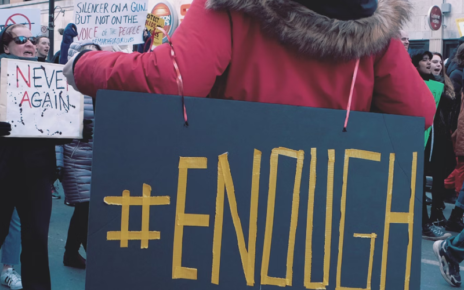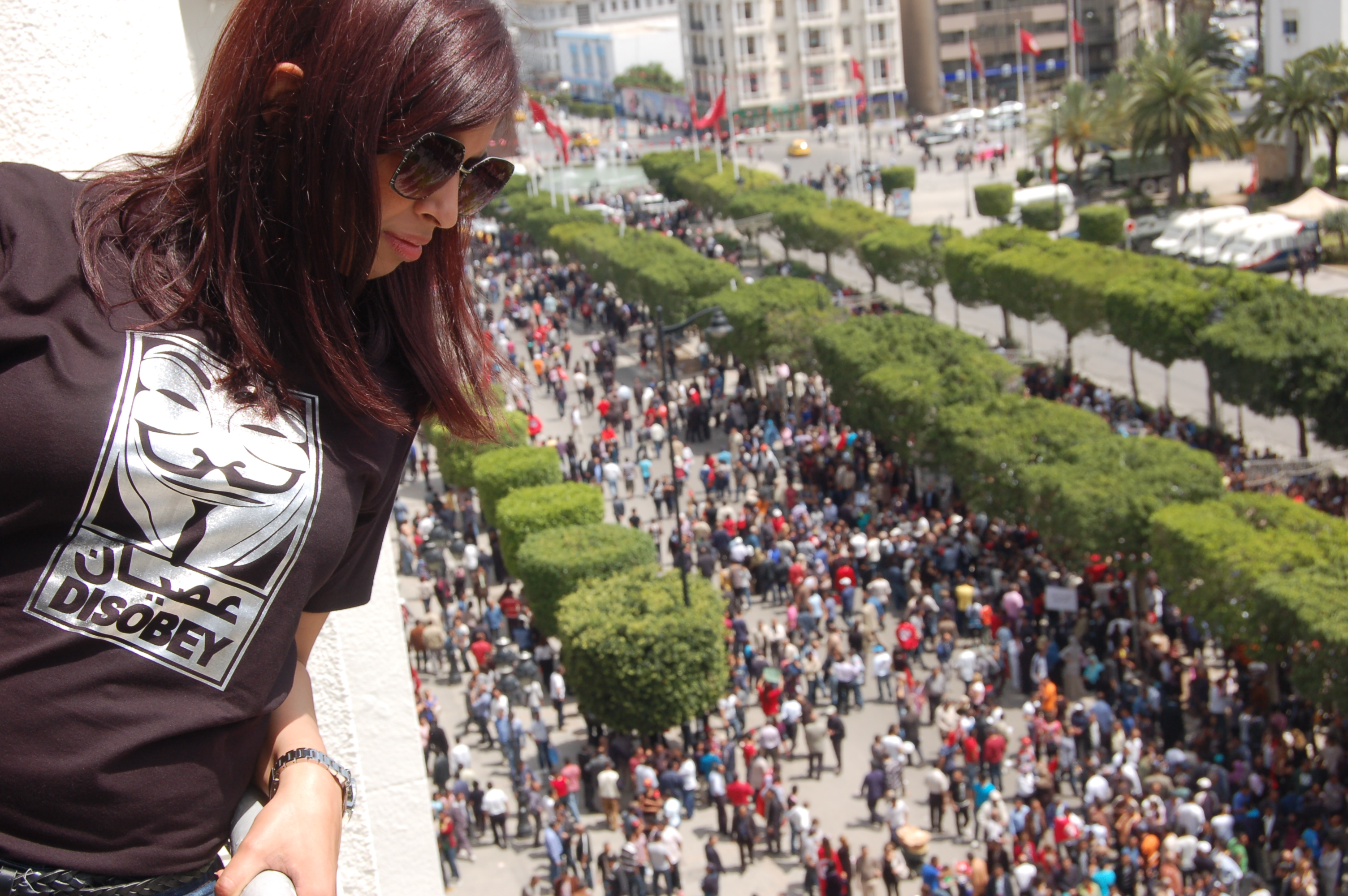The recent Federal Court decision that struck down the 2011 ban on the wearing of a niqab during the citizenship ceremony and the government’s intention to appeal the ruling has ignited a fierce debate. As an Ottawa Citizen editorial aptly noted, the federal government’s position rests upon three arguments about the niqab: it interferes with the citizenship oath, is antithetical to Canadian values, and is a form of oppression of women.
The first point, and the one most directly relevant, is that the niqab acts as an impediment to the taking of the citizenship oath, both in a practical and a symbolic sense. Any practical concerns about wearing of the niqab during the public ceremony can be easily resolved by making reasonably simple allowances such as having the woman’s identity confirmed in private ahead of the oath and by placing her in proximity to the judge to ensure the oath is spoken. The symbolism-based concerns hinge on the idea that the niqab represents values that are incompatible with our own, which raises the question of what our values are when it comes to religious and cultural accommodation.
The Prime Minister has maintained that the practice of veiling is “not the way we do things here”, or in other words, un-Canadian. This assertion is bewildering since, as the Globe and Mail has said, “freedom of religion and conscience are at the core of the Charter of Rights and Freedoms because they are at the heart of what it means to be Canadian”. Religious and cultural diversity are enshrined in our laws, but also in our national identity, which holds multiculturalism and tolerance of difference as one our most cherished national characteristics. Compare this to France, where a complete ban on any face covering in all public spaces has been in place since 2010. In contrast to Canada, France has historically observed a strict form of secularism, which is central to the French state identity. In fact, all religious symbols have been banned in public institutions, including schools, since 2004. There is no such deeply rooted separation of church and state in Canada, where the national anthem contains the word “God” and the official title of our head of state, the Queen, names her as “Defender of the Faith”. Pluralism, inclusion and tolerance guide our state approach to religion, rendering the values argument hollow.
Proponents of the ban point to having public opinion on their side. According to recent polls, they are indisputably correct. Whether it’s closer to the 67 per cent result of one survey or the 88 per cent of another, it is clear that a strong majority of Canadians believe that the face should remain uncovered during citizenship ceremonies. From the legal perspective, however, “Invoking majority approval as justification for a policy that limits individual rights represents a profound misunderstanding of the very nature of rights.” After all, the very purpose of our Charter of Rights and Freedoms is to protect minorities whose rights might otherwise suffer because of the beliefs of the majority.
The third line of argument the Conservative government has employed is that the niqab is both an instrument and a symbol of the oppression of women. As many commentators have pointed out, defending the right of a woman to wear the niqab out of a belief that it is essential to her religion is not the same as defending the niqab itself. While some Canadian niqabi women have eloquently and patiently explained that the veil is not forced on them and that it does not represent subjugation for them, this is probably not the case for many others whose freedom to choose may indeed be limited. However, the reasons for why women veil, and whether they do it of their own volition, is beside the point.
If the government’s stance is driven by a concern for the women whose rights are supposedly violated through this practice, surely there are more substantive ways of helping them enjoy their full rights than by telling them how to dress. Even if one accepts that the niqab is repressive, compelling women to unveil by force hardly liberates them. If gender equality is the core Canadian value that federal Conservatives want to defend, there are a number of actions that will be infinitely more practical as well as symbolic. They could develop a national action plan on violence against women being urged by experts, especially since Canada played a leading role on the UN resolutions that called for such national plans. Or they could start by committing to participating in a leaders’ debate on women’s rights ahead of this year’s federal election, which is being sought by an alliance of more than 150 women’s organizations from across Canada.
This approach would be practical as well as deeply meaningful. The actions above target actual methods of oppression and root sources of gender inequality, not simply their surface manifestations. Furthermore, addressing real problems would demonstrate commitment to women’s rights far more effectively than the empty symbolism of enforcing a dress code for citizenship ceremonies.




